Champion Fighter 5e | The Complete Guide

The Fighter class is one of the most flexible martial classes in D&D 5e. Fighters can play a wide range of party roles thanks to their several subclasses. When compared to other martial classes, even subclasses like Champion, which seem to be more simple, really offer greater depth.
Barbarians and Champion Fighters are similar, but Champion Fighters are more difficult to construct. Like a Barbarian ( halfling or Orc) or a Monk, Champion Fighter characters have the propensity to specialize in dealing with outsized amounts of damage.
The distinction is in the source of the high damage dealt by Champion Fighters. Monks and Barbarians depend on their ability scores, but Champion Fighters concentrate on making their critical hits extremely destructive. For this article, we will completely delve into the details about the champion fighter.
Champion Fighter 5e Guide
1. Champion Fighter 5e Role
The Champion Fighter was created specifically to be a beginner-friendly subclass; however, it offers less than it first appears.
The introduction of a boring class may cause new players to lose interest in the game. The Champion Fighter is a divisive subclass overall, and there are many misconceptions regarding it and its skills. Some reports claim that it is the subclass that is used the most frequently in the game.
Your duty in the party is to hit individuals with weapons and to occasionally be the target of attacks rather than your allies with lower hit points. The typical Champion uses a melee weapon, but the Archery fighting style allows ranged weapons to be at least as effective as melee weapons.
2. Champion Fighter 5e Races
In terms of race, any racial choice that gives a Champion Fighter an advantage in combat is possible.
1. Goblin
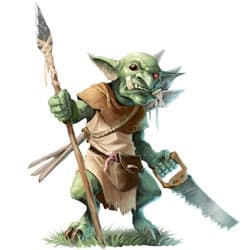
We will pick the Goblin to stand in for the small people. It’s mostly because the +1 Dexterity and +2 Dexterity Constitution are great for the ranged builds.
Darkvision and Nimble Escape let you make a Stealth build very easily, which can really help you move around the Rogue. Fury of the Small gives a really good damage boost for parties that enjoy Short Rests.
At level 4, you gain the Crossbow Expert skill, which enables you to ignore the crossbow’s loading quality and allows you to dual-wield. Although you won’t be striking as forcefully as with a Heavy crossbow, that additional strike provides you with an additional opportunity to crit.
As long as you can discover adequate enchantments for your small crossbow, you’ll be able to keep up with damage while remaining safe from harm’s way. This is perfect for Goblins, and you can also do Rapier and Crossbow for an extremely cool melee build.
2. Half orc
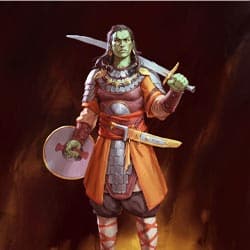
The greatest race for this construct may be half-orcs, who earn +2 Strength and +1 Constitution to their ability scores. Half-orcs with Relentless Endurance can still stand after losing all of their HP, receiving 1 HP instead.
This is suitable for use after a long rest. On the offensive side, Savage Attacks gives me an additional one damage die of damage when I score a critical hit.
3. Exandria’s Orc
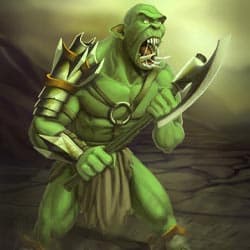
The Exandrian Orcs are as powerful as their Volosian counterparts, but they don’t suffer from the significant loss of Intelligence, according to a drop in the Explorer’s Guide to Wildemount.
They receive +2 Strength and +1 Constitution, which is ideal for a melee build. These ex-monsters now possess two new proficiencies, the ability to see in the dark and to walk toward an adversary as a Bonus Action (excellent for closing gaps).
This implies that your Fighter, who has almost no skills to begin with, can learn a vast variety of skills.
4. Human
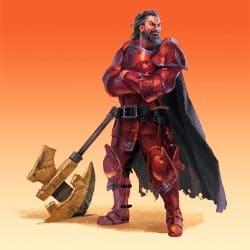
Humans are a fantastic option if you like Crossbow Expert but want to combine it with less utility. Crossbow Expert can be their level 1 feat, and they can perform it without expending an enhancement to their Ability Score.
Fury of the Small and Darkvision might justify the loss to Dexterity. Archery Style improves your accuracy!
The most typical race chosen by champion fighters is Human, although you might want to choose Variant Human to receive a bonus feat. Depending on the accomplishment, you may deal more damage or be able to use magic in absurd ways.
5. Bugbear
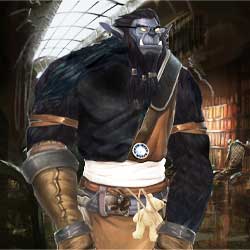
The Champion and the Monsters of the Multiverse Bugbear have some kinship. Fey Ancestry covers many fighters’ weaknesses, Long Limbed becomes insane with a reach weapon, and the 2d6 from your Surprise Attack feature is quadrupled on a critical strike.
Even if that crit fails, your +2 initiative bonus will provide you more chances to use the 2d6 in the first place.
3. Champion fighter 5e Critical Hits
Because of how straightforward this feature is, new players tend to choose this subclass because they want to get more critical hits.
Due to the fact that only the dice are doubled and not the modifier, the extra 5% critical chance only amounts to an additional 3% DPR or less, depending on your build. If you have an advantage in your attack, it increases a little, but not significantly.
Additionally, the +10 and your ability score modification may be larger than your dice, even on a critical hit, if you take a class like Great Weapon Master or Sharpshooter.
People who multiclass into Champion expressly for this feature should be aware that while a paladin does benefit from more critical hits, this feature only increases your chance of receiving a critical hit by 5% each round.
There is no guarantee that 5% will materialize at the right time. It would help if you didn’t dare attempt to multiclass Champion with a blasting warlock. After all, it doesn’t function on spells like Eldritch Blast because it only affects weapon attacks.
4. Champion Fighter 5e Athlete
Starting at the seventh level, whenever you make a Strength, Dexterity, or Constitution check that doesn’t already take advantage of your proficiency bonus, you can add half of it (rounded up) to the result.
You can also cover a distance multiplied by your Strength modifier in feet when you do a long-running jump.
Since initiative checks are dexterity checks and unless you’re a Harengon, you generally aren’t adding your proficiency bonus, and only some are aware that this also applies to them. The subclass doesn’t explain this to new players well, and it is fairly counterintuitive. It would have been beneficial to include a brief message informing individuals that this was done on their own initiative.
5. Champion Fighter 5e Fighting Style
Fighting Styles, a special collection of powers that can provide each type of Fighter with new alternatives in combat, are available to them. A total of two Fighting Styles are available to Champion Fighters, the second of which is exclusive to the Champion subclass and is acquired at level ten.
The first Fighting Style is available at level one. Fighting Styles frequently depend on other physical characteristics of a character, but if applied properly, they can be the difference between victory and defeat in battle.
Fighting with a great weapon and blind fighting are the two styles that champion fighters tend to excel at. A Fighter who engages in blind fighting gains blindsight in a ten-foot circle around them, enabling them to see hidden or invisible adversaries.
6. Champion Fighter 5e Survivor Instinct
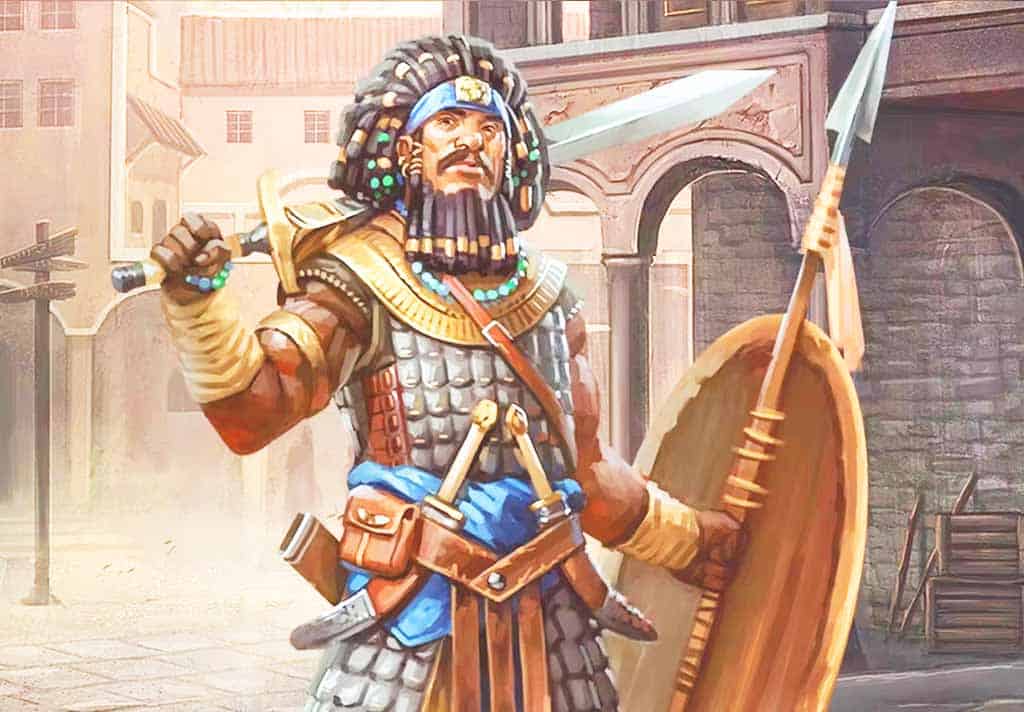
You reach the peak of combat toughness at level 18. You restore hit points equal to 5 + your Constitution modifier at the beginning of every round you take, provided that you still have at least half of your health points. You are not eligible for this reward if you have no hit points.
It only took until level 18 for you to acquire your first substantial feature from your subclass. This is particularly advantageous during grueling, long days of traveling when you may anticipate frequently losing half of your hit points. Your potent regeneration can be started with just one Healing Word when you have no hit points.
Since there are no turns outside of battle, the functionality won’t function properly; nevertheless, since a round lasts for six seconds, it should still function as intended. It would help if you recovered half of your maximum health points after standing still for a minute outside of combat.
To avoid having normal healing spells wasted, make sure your party doesn’t cast them on you before you’ve reached the maximum amount of regeneration.
7. Champion Fighter 5e Best Feets
If you use a melee weapon, then you probably are. Polearm Master grants you an additional action attack, increasing your chances of rolling a 19 or an 18 on the d20. Great Weapon Master can be used after Polearm Master to increase the damage you do with each attack.
Ritual Caster provides all you need if you want to start learning magic as a hobby. If you possess the Intelligence required for Wizard rituals, you can cast potent spells outside of battle and perhaps even acquire a familiar.
Sharpshooter and Crossbow Expert are common skills for ranged characters, but Elven Accuracy will increase your probability of getting a critical hit the most.
Some people think the Elven Accuracy/Champion combination is overrated, but if your allies can regularly give you the upper hand, it can be slightly more beneficial than it usually is on a fighter who isn’t a champion.
Conclusion
So, this is the complete guide on the Champion fighter 5e for D&D 5e. There are several subclasses and races that you can use to fight as Champion Fighter. As the name suggests, it is of fighter class archetype and best used as the races given in the article, like Orcs or Humans.
If you are a newbie and do not know how good a champion Fighter 5e is and how to use it optimally, this guide will help you with that.






